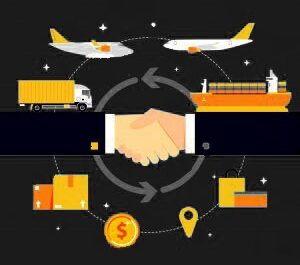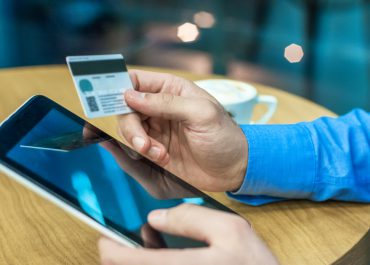Omnichannel Challenges for Merchants
Not so long ago, when retailers tracked how their customers preferred to shop, they would assess the shopper’s favorite channel – whether it was via their desktop, tablet, Apple Watch or phone – and address them on it in order to engage them personally.
With the rapid technological changes, consumer habits are evolving as well. Buyers no longer stick to any single shopping channel.They easily switch from one device to another, creating a different sequence each time. Indeed, a single shopping experience may include the buyer’s laptop, tablet, smartphone and a physical store, or only one or two of these components.
What is the omnichannel experience?
Omnichannel refers to an integrated customer experience across channels and devices. No matter where or how the customer reaches out to your brand, they should encounter a consistent, interactive experience. In order to build a strong experience across channels, your company needs to set up a strategic plan that will touch on various departments including sales, marketing, product and others.
Omnichannel challenges
Data Synchronization
Data plays a key role in omnichannel retailing. Data pouring in from various channels must be collated and analyzed in order to understand customer behavior. An enterprise data management (EDM) strategy can provide an end-to-end view of all your data. Additionally, a smart payments platform generates actionable data about customer behavior across channels as well as their personal shopping habits.
Supply Chain Management
Due to the customer’s seamless transfer from one channel to another, the retailer must have an advanced warehouse management system to track inventory at each repository at any given time. Delivery can also be a deal breaker. It would be a pity to develop a top-grade omnichannel experience only to run out of stock or fail to deliver speedily.
Choosing the Right Channels
Omnichannel is not a “one size fits all” solution. No two companies are exactly alike and neither are their customers. You need to identify the most suitable channels for your business and build your omnichannel strategy accordingly. While the concept is to build a consistent experience across channels, you must first assess which channels work best for your business. You can use Google Analytics to discover which are your customers’ most popular channels.
Omnichannel Payments
A prerequisite of the omnichannel customer experience is the ability to pay in multiple ways. Some channels require online or smartphone processing, whilst in others payments may be made physically over the phone or at a brick-and-mortar store. An ecommerce retailer may only need online and swiped card capabilities, but a yoga studio may require recurring billing. If you run a cross-border business, you will need to provide familiar payment methods in local currencies. An advanced payment platform enables your system to seamlessly conduct various kinds of payments across channels and geographies.
Omnichannel Generates Loyalty
While it is crucial to establish your presence across channels and make each point shoppable, it is no less important to be able to interact with your customers no matter where they are. This ongoing interaction with your customers at every turn is what generates a personal relationship. That is the kind of relationship you need to incur long-term loyalty.





